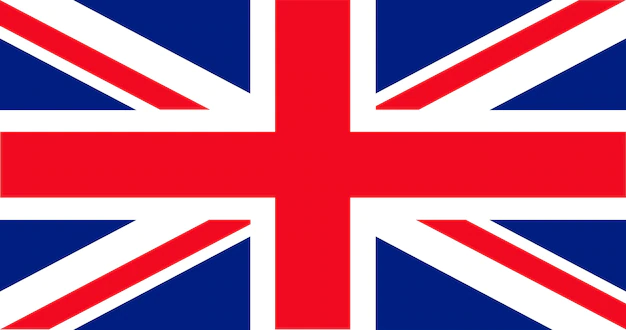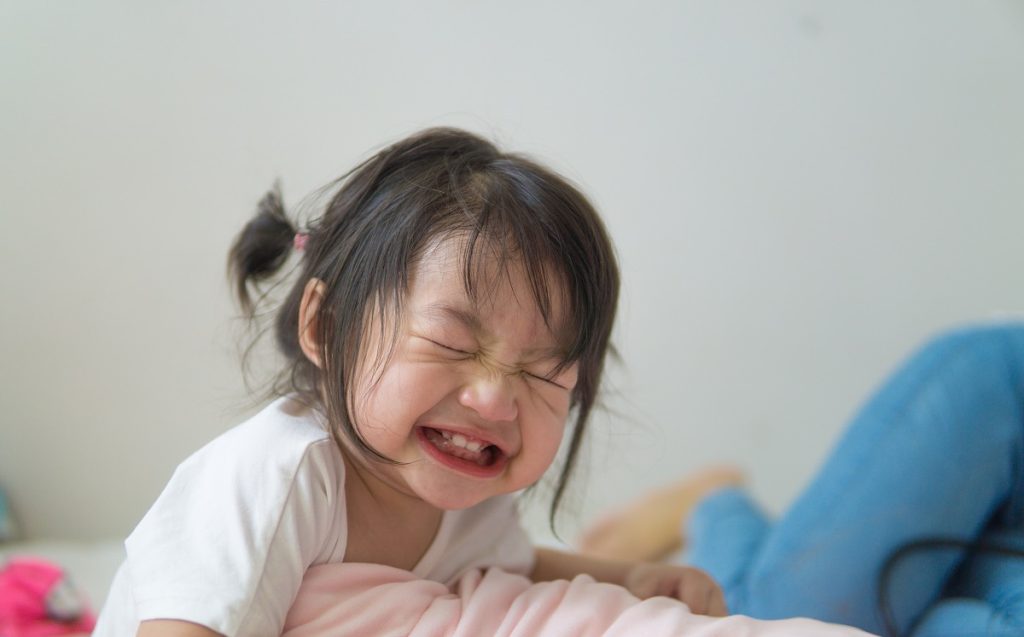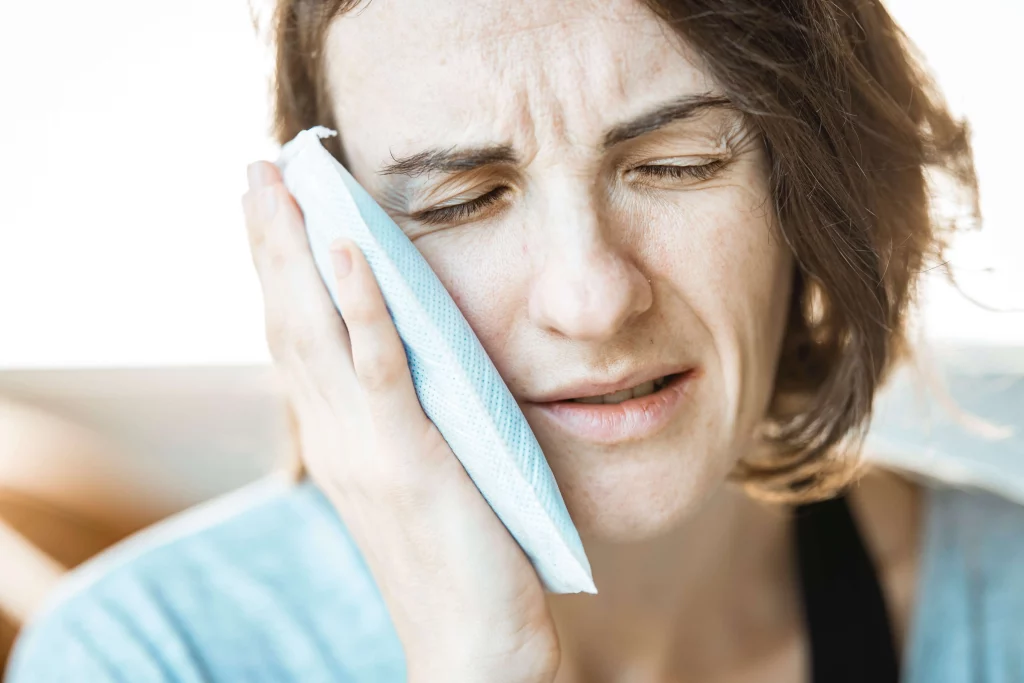Temporomandibular Joint Diseases
BRUXISM
TOOTH GRINDING TREATMENT
Jaw joint health is very important for our quality of life. The jaw joint must be healthy so that chewing, speaking, stretching and even breathing can function properly and comfortably.
In joint problems, spasm occurs in the muscles and as a result, especially the head, neck, back and waist muscles are affected. This causes an uncomfortable pain in these areas and can lead to posture disorder in the person.
The main factors that cause joint problems are:
– Impairments in tooth alignment and jaw closure
– Early tooth loss
– Trauma
– Excessive tooth grinding (Bruxism)
The main factor should be eliminated by correcting the closure defect, which is the main cause of joint problems. Closing disorder such as orthodontic treatments, completion of missing teeth, restorative and prosthetic methods can be removed. If there is no closure problem, good results can be obtained with low-dose laser therapy (LLLT) to treat muscle spasm.
Botox treatment can be used to return the muscles that are overpowered as a result of tightening to normal tightening power. By using jaw guiding night protective plates, joint strength can be regulated and the force applied to the teeth can be controlled.
Craniomandibular Dysfunction (CMD): Going to the Dentist With a Headache
Craniomandibular dysfunction or CMD describes various painful conditions affecting the temporomandibular joints and orofacial muscles. CMD falls within the category of musculoskeletal pain, along with the more prevalent cervical, back and shoulder pain.
Occlusion disharmony is the root cause of many dental conditions. The wrong way to grind a tooth to get rid of a protrusion might lead to new, more significant issues with the surrounding teeth, the orofacial muscles and the temporomandibular joints.
Around 90% of people, the mandibular joint is not in its ideal resting position. In addition to causing discomfort, stress and pain in the jaw and surrounding muscles. You should visit your dentist if you have an excruciating headache with an unknown underlying cause.
Pain is frequently targeted at specific points in the head and neck region. Restricted movement of the lower jaw can be the second most noticeable symptom. Uncomfortable sounds from the joints, such as cracking and rubbing, are usually over-diagnosed.
An extensive clinical exam is done, followed by a panoramic X-ray. An orienting evaluation using the appropriate psychometric instruments should always be conducted if there are signs of behavioral stress factors.
In the majority of patients, CMD goes away even without treatment. Therapy should be used to assist patients in getting past their current symptoms. The treatment should be minimally invasive, temporary, uncomplicated and affordable. These demands are satisfied by educating the patient, and guidance for self-care such as; massage, heat therapy, physiotherapy, bite splints and appropriate medicines. Major dental procedures like denture replacement or orthodontics are generally not recommended as treatments for CMD.
Occlusal Rehabilitation: The occlusal surfaces of the teeth are replaced or repaired to enable masticatory movements and intercuspal occlusion without cuspal alterations and teeth sensitivity.
Final Restoration:
– A Partial Overlay Denture: Especially when an improper connection of the skeletal structures causes a significant portion of their malocclusion. Furthermore, there is no need for considerable dental preparation.
– Composite Overlays: Most dentists opt for composite overlays for their multiple benefits, including convenience, time and expense savings and lack of invasiveness.
– Standard Crown and Bridge: Crowns are occasionally necessary depending on the state of the tooth and the structures that support them. Intervention with crowns and bridges is also required when there are numerous missing teeth and a significant loss of the vertical dimension of the occlusion.





